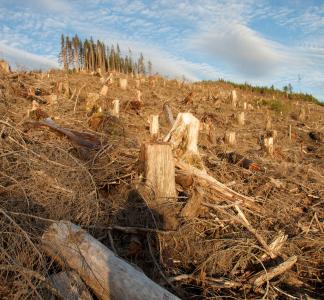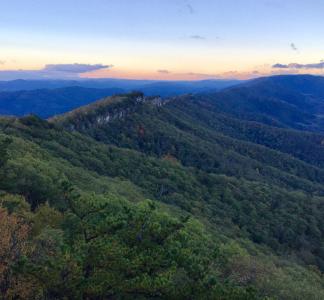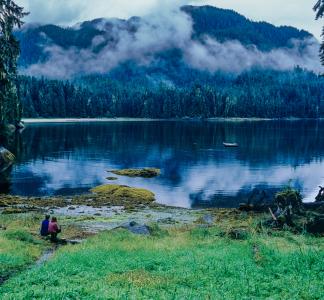WATCH: New film documents threats to Tongass National Forest, need for protection
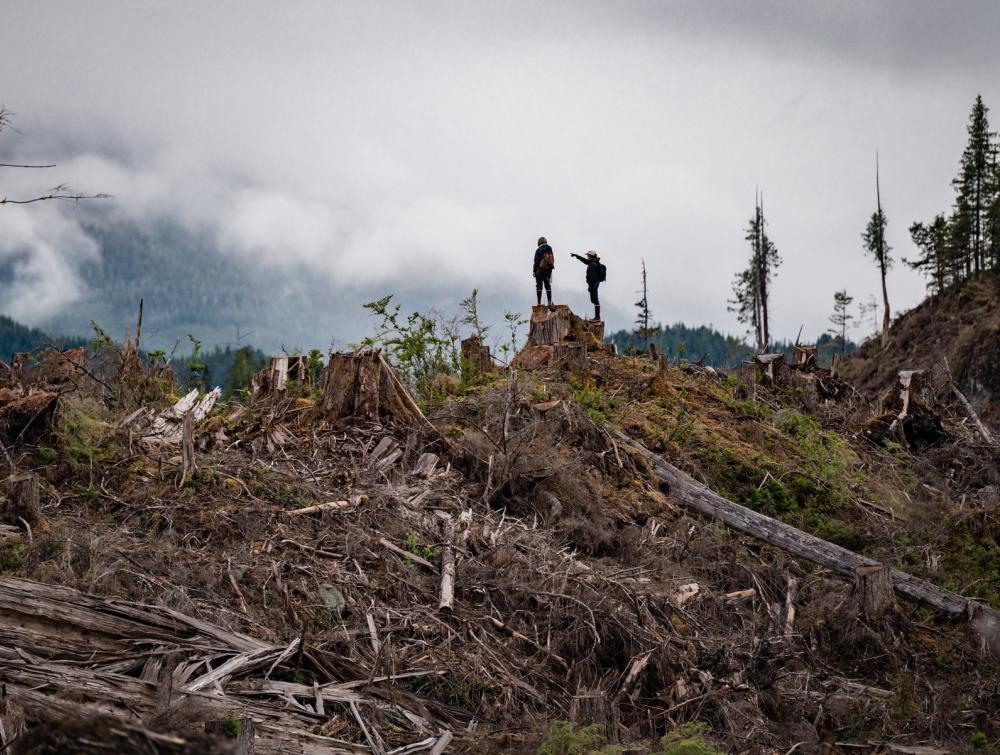
Tongass National Forest, Alaska
Colin Arisman
"Understory" highlights Tongass’ climate importance
One of the world’s last intact temperate rainforests is in jeopardy. Now you can spend 40 minutes on a journey through the Tongass National Forest, learning about its 800-year-old trees and the policies and people that threaten its survival.
Watch Understory below
Understory, a limited-release documentary produced by Wild Confluence Media and sponsored by The Wilderness Society, chronicles a sailboat trip around Prince of Wales Island located within the Tongass. Elsa Sebastian, a commercial angler and Alaska panhandle native, sets out on a “ground-truthing” expedition with Natalie Dawson, a field biologist, and Mara Menahan, a botanical illustrator, in an effort to better understand the threats to the old-growth forest.
Showcasing the majestic landscape of the Tongass, Understory chronicles an expedition to better understand the threats to the old-growth forest
Understory not only showcases the majestic, verdant landscape of the Tongass and the abundant wildlife that live there, but the film unveils the destructive logging of old-growth trees in one of the last intact rainforests in the world.
Learn more about the film
Protecting the Tongass National Forest and other forests helps tackle climate change, preserve sources of clean drinking water and shield wildlife habitat from harm. Additionally, the Tongass is the ancestral homeland and current home of numerous Indigenous Alaskans.
Below you’ll find some facts and figures, cited in the film and elsewhere, about what makes old-growth forests like the Tongass so special and why it’s critical we protect it from wholescale logging and development.
Tongass National Forest has been called our “last climate sanctuary,” a “key weapon" for fighting climate change and even the nation’s “premier climate insurance policy.” The reason: big, old-growth trees are highly effective at trapping climate-warming greenhouse gas like carbon dioxide from the atmosphere and storing (or “sequestering”) it—and no forest in the U.S. has more of them than the Tongass. Scientists have estimated that the Tongass accounts for about 8% of the carbon sequestered by all national forests.
But for that to continue, the Tongass must remain intact. When old-growth trees are logged, they release carbon back into the atmosphere, exacerbating the climate crisis rather than helping it. Research has found that carbon density in unmanaged forests is 60% higher than in managed forests. In other words, forests like the Tongass are most effective in helping the climate crisis when left standing.
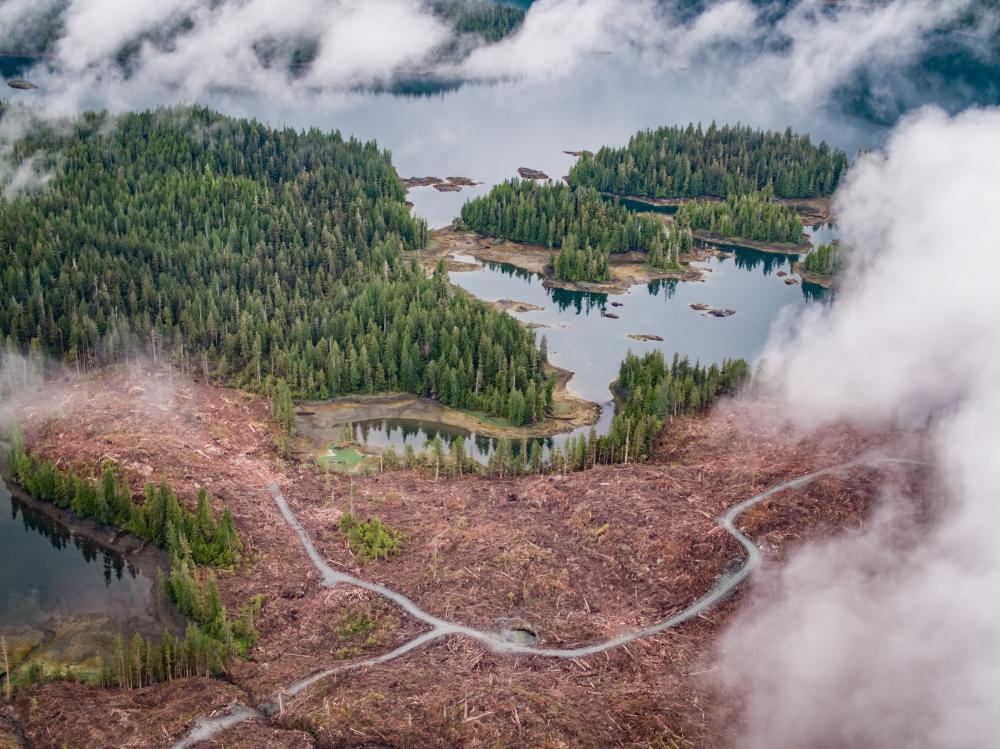
Tongass National Forest, Alaska
Colin Arisman
Trees—specifically old trees—are the best technology for capturing carbon from the atmosphere and storing it. Unfortunately, once those old trees are gone, it’s not as simple as just growing a new forest. Research has found that it can take 200 years for a regrown forest to recoup the amount of carbon lost from logging.
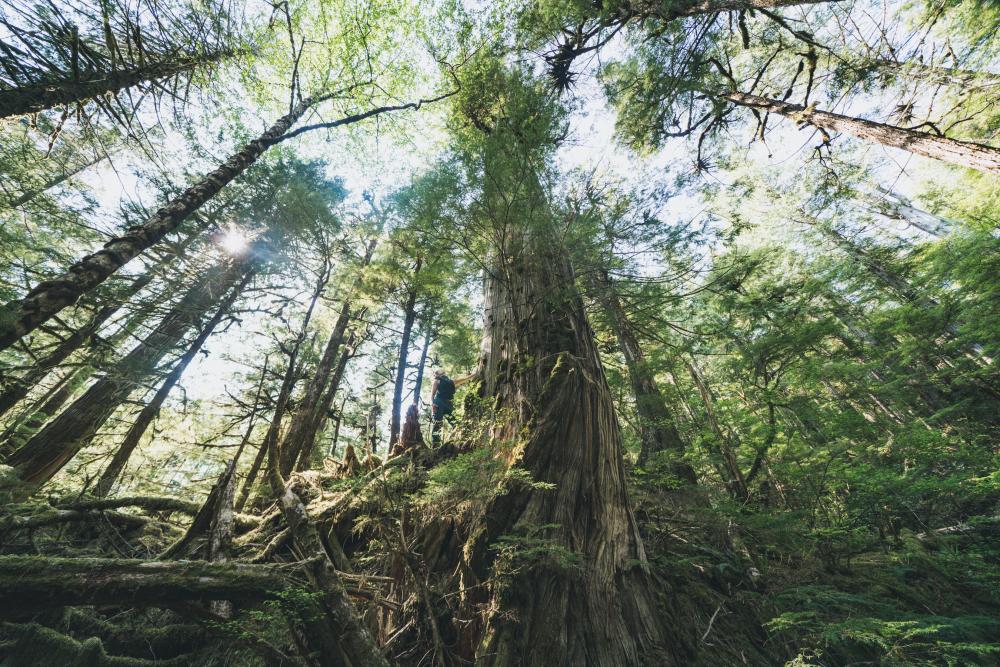
Tongass National Forest, Alaska
Colin Arisman
We know that the age of a forest’s trees is an important factor in how good it is at absorbing carbon pollution. But tree size matters, too; a 2018 study found that forests are unable to store large amounts of carbon without a population of large trees. The authors looked at 48 big forest plots around the world and found that the largest 1% of trees comprise 50% of live forest biomass. Since tree size is closely correlated with carbon capacity, that means the biggest, oldest trees are doing more than their fair share of carbon pollution absorption.
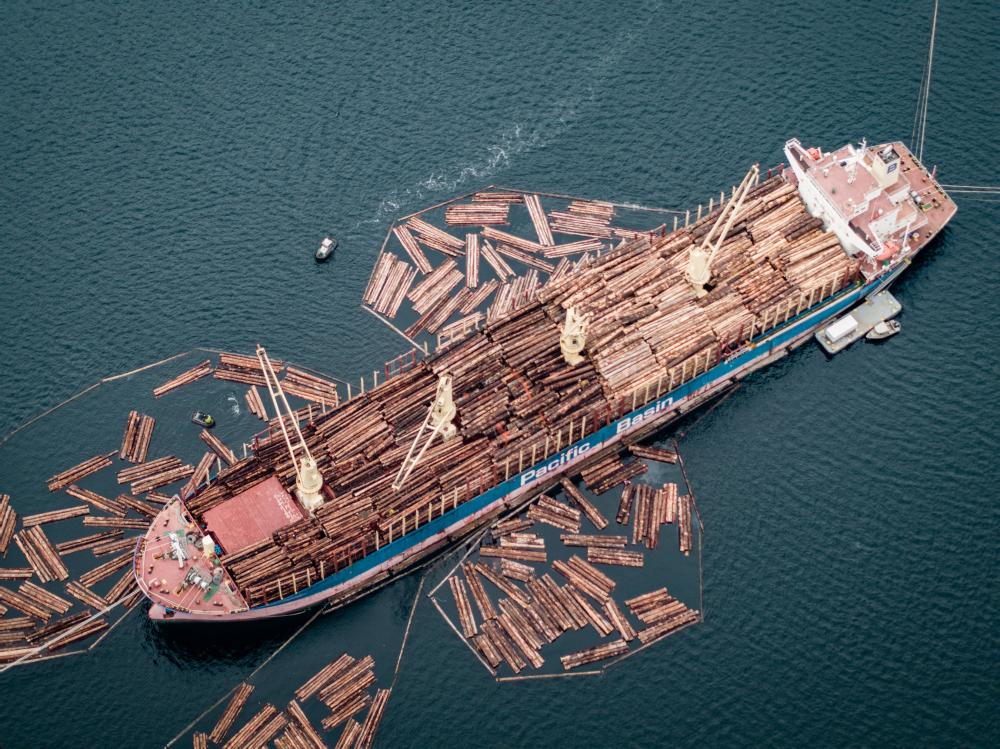
Colin Arisman
Contrary to claims that cutting down trees in the Tongass is a boon for the economy, logging our biggest national forest has already cost taxpayers a lot of money. In fact, the U.S. Forest Service spends far more on conducting timber sales in the Tongass than they make back, with recent data showing the federal government has lost nearly $600 million doing it since 1999. During the period studied, Tongass timber sale revenue covered just 5.4% of the cost of administering those same sales. If the wildest, yet-untouched areas of the Tongass are opened up to logging, it will likely mean more federal dollars spent on building roads—and even higher costs to taxpayers (by some estimates, road-building in the Tongass costs more than $180,000 per mile).
Alaska’s tourism industry regularly sets new records for visitor volume and revenue. According to an economic development board focused on Southeast Alaska, tourism jobs in the region now outnumber timber jobs by a margin of about 20 to 1. Money invested in marketing Alaska as a travel destination has been money well spent; logging the Tongass would degrade the very place that people from all over the world travel to see for its natural beauty.
3 reasons ramped-up logging in our biggest national forest could be a disaster
Southeast Alaska Conservation Council
Why it’s important to keep the wildest forests free of roads and logging
Matt Kearns, West Virginia Rivers Coalition
5 reasons Tongass National Forest is worth fighting for
Howie Garber
